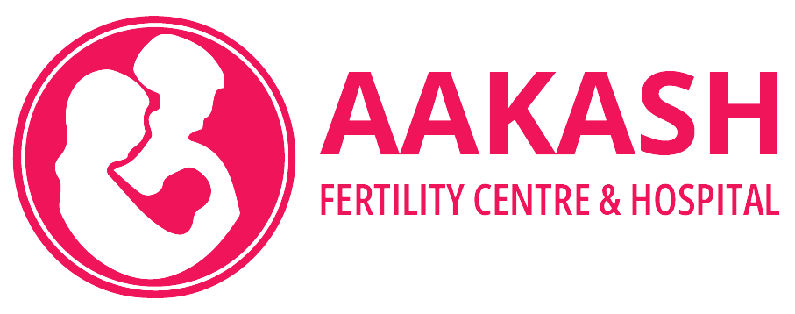Ovarian Drilling
729-997-4701
Introduction

Ovarian drilling is recommended should the medical treatment fail and for women who have experienced OHSS. This may be ovarian drilling or ovarian wedge resection.
It is not clear why women with PCOS ovulate after ovarian drilling or wedge resection. After surgery, ovulation occurs spontaneously in 70-90% of women and the probability of pregnancy after one year is in the region of 40-60%.
There is no increased risk of multiple pregnancy or OHSS. If ovulatory cycles fail to restore after the surgery, the doctor may restart ovulation induction.
A recent study up to 20 years after laparoscopic drilling has shown persistence of ovulation over many years. Compared with medical treatment, it need only be performed once and intensive monitoring is not required.
The main problems associated with surgery include adhesion formation, the risk of destruction of the ovaries leading to ovarian failure.
In addition, there are risks associated with surgery and anaesthesia.
Laparoscopic ovarian
Drilling is a surgical treatment that can trigger ovulation in women with =polycystic ovary syndrome (PCOS) who have not responded to weight loss and fertility medication. Electrocautery or laser is used to destroy portions of the ovaries.
Ovarian drilling is done for women with PCOS who have not responded to weight loss and fertility medication. Partial ovarian destruction has been reported to restore regular ovulation cycles.multiple studies in women with PCOS have reported that ovarian drilling results in an 80% ovulation rate and a 50% pregnancy rate.
The advantage of laparoscopy is that tubal patency can be checked at the same time in a single procedure, and ovarian drilling of either one or both ovaries appears to restore ovulation in a substantial number of patients.
Serum concentrations of LH and testosterone decrease rapidly after ovarian drilling with a sustained mid- and long-term effect. The proportion of women with regular menstrual cycles increases substantially after drilling and is sustained at long-term follow-up.
Ovulation and pregnancy rates are substantially increased in the period after the operation and appear to be maintained. Resistance to the effects of ovarian drilling include marked obesity, very elevated levels of androgens, and long duration of infertility.
Addition of other ovulating agents such as clomiphene citrate or FSH appears to improve the effectiveness of laparoscopic ovarian drilling
